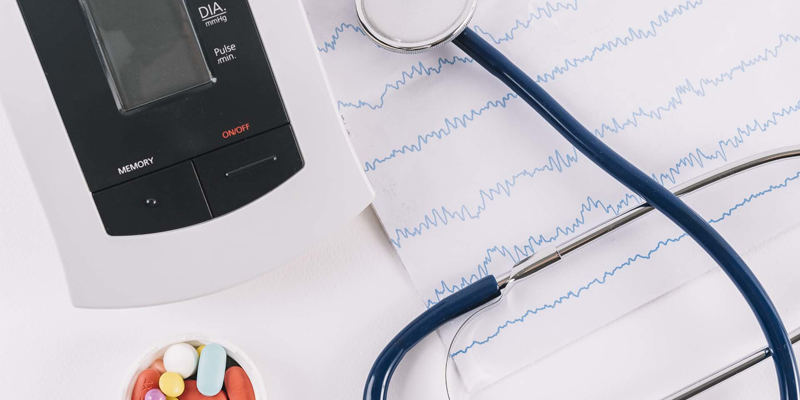A recent study from Johns Hopkins Medicine highlights that the positioning of a patient’s arm during blood pressure screenings can significantly skew results, leading to potential misdiagnoses of hypertension. The findings, published in JAMA Internal Medicine, examined three common arm positions: resting on a desk, on a lap, and hanging unsupported at the patient’s side.
Researchers found that resting the arm on the lap resulted in an overestimation of systolic blood pressure by nearly 4 mmHg. An unsupported arm hanging down led to an even greater overestimation of about 7 mmHg. Dr. Tammy Brady, the senior author and medical director of the pediatric hypertension program at Johns Hopkins Children’s Center, emphasized that arm positioning is crucial for accurate blood pressure readings.
Hypertension affects nearly half of U.S. adults, approximately 116 million people, and is a significant risk factor for serious health conditions like stroke and heart attack. Often asymptomatic, hypertension can be effectively managed through early detection and lifestyle changes, including diet and exercise, alongside medication when necessary.
Current guidelines from the American Heart Association stress the importance of proper technique in obtaining accurate blood pressure readings. This includes using the right cuff size, ensuring back support, keeping feet flat on the floor, and positioning the arm on a stable surface at heart level. However, this study revealed that many blood pressure measurements are taken with patients seated on exam tables without adequate arm support.
The Johns Hopkins study involved 133 adult participants aged 18 to 80, with a diverse demographic (78% Black and 52% female).
Participants were randomly assigned to different arm positioning groups during a single visit. After a brief rest period following light exercise, blood pressure was measured using appropriately sized upper arm cuffs.
Results showed that systolic blood pressure readings were highest when arms were unsupported or resting on laps. An unsupported arm led to an overestimation of systolic pressure by 6.5 mmHg and diastolic pressure by 4.4 mmHg. Study author Sherry Liu noted that such discrepancies could mean the difference between normal and stage 2 hypertension classifications.
While the researchers caution that their findings primarily apply to automated blood pressure devices, they stress adherence to standard measurement practices is essential. Dr. Brady also pointed out that patients can play an active role in monitoring their blood pressure both in clinical settings and at home.
The study underscores the need for healthcare providers to ensure proper patient positioning during blood pressure assessments to avoid misdiagnosis and unnecessary treatment.
Related topics:


